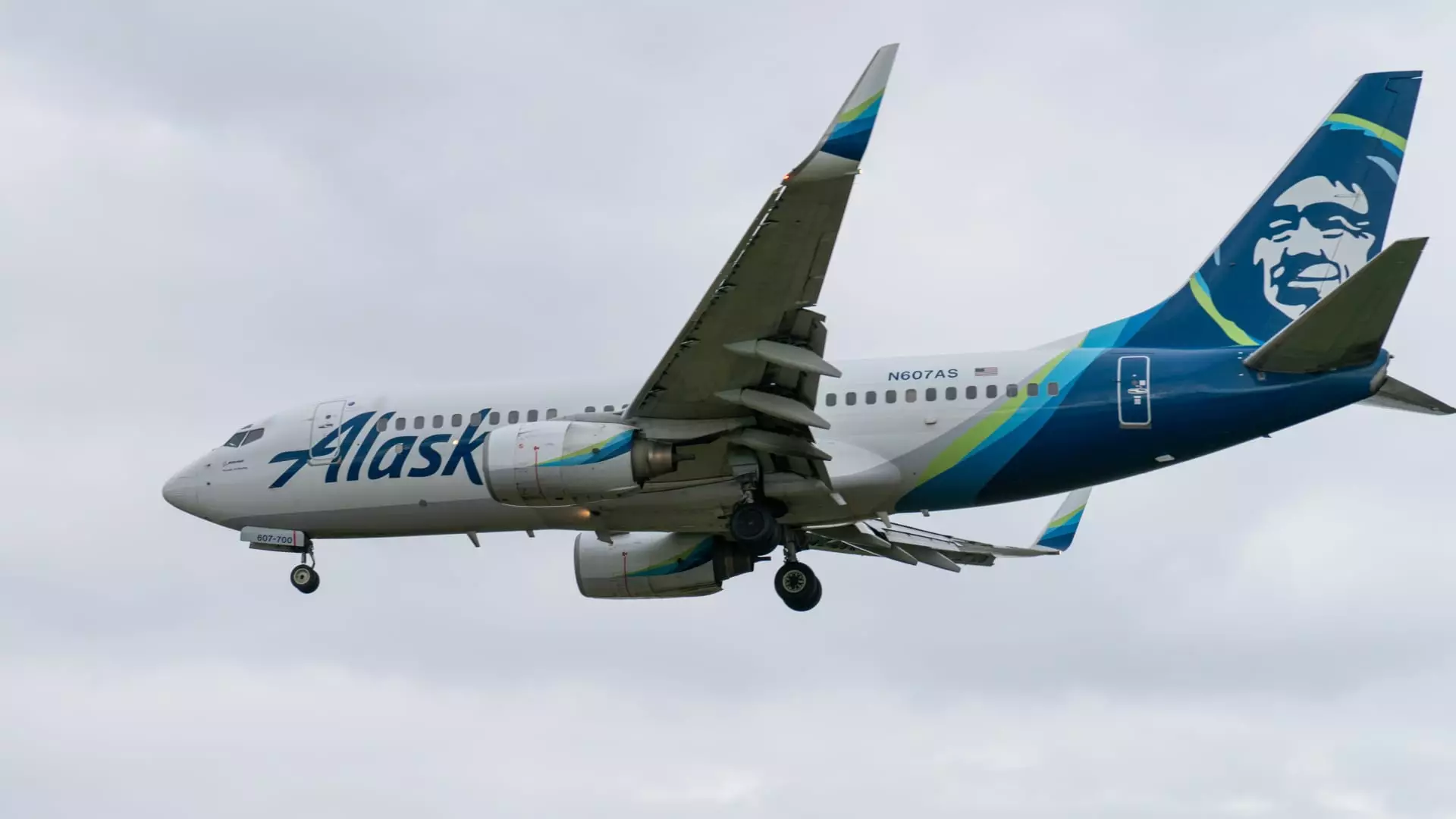The recent decision by the U.S. Department of Transportation (DOT) to allow Alaska Airlines and Hawaiian Airlines to proceed with their planned merger underscores the competitive nature of the aviation industry, especially in a post-pandemic market that demands increased efficiency and customer satisfaction. The $1.9 billion merger pact, which overcame scrutiny from the U.S. Justice Department, now paves the way for a significant consolidation of resources and routes between the two carriers, promising benefits for both shareholders and passengers.
However, regulatory oversight will play a crucial role in shaping the operational landscape for the newly combined entity. By ensuring the continual value of their reward systems and the protection of essential routes, the DOT is acting as a guardian of consumer interests. The directive to maintain the integrity of both the HawaiianMiles and Alaska Mileage Plan programs is vital in reassuring loyal customers that their accumulated miles will retain their value. This focus on customer loyalty and support for rural air service demonstrates a nuanced understanding of the complexities involved in airline consolidation.
As the merger moves forward, one of the critical points of concern for the DOT is the preservation of „essential air support“ for rural areas, emphasizing the need to maintain both passenger and cargo operations. The commitment to sustaining current service levels, particularly between the Hawaiian islands and rural communities, reflects a broader societal responsibility that airlines must uphold. The stakes are high—should these essential routes be diminished, it could adversely affect local economies, relying on these airlines for connectivity and sustainability.
Furthermore, without such measures in place, the merger risks alienating passengers who depend on these services, which could, in turn, impact the overall brand integrity of both airlines. By mandating the continuation of these routes, the DOT reinforces the expectation that the aviation sector does not merely function as a profit-driven machine but also serves as a lifeline for communities lacking alternative transportation options.
In the context of their merger, both Alaska and Hawaiian Airlines recognize the importance of seamless integration to maximize operational efficiency. Alaska Airlines’ appointment of Joe Sprague, presently the regional president in Hawaii, as CEO of Hawaiian once the merger is finalized highlights a strategic effort to unify leadership during the transition phase. This proactive move is aimed at aligning company cultures and operational practices across both airlines, which could have long-term implications on customer service, operational protocols, and brand reputation.
Moreover, this merger is not just a matter of combining fleets and routes; it’s also about harmonizing customer experience. For instance, the commitment that Hawaiian Airlines must adopt Alaska’s policies—such as guaranteeing family seating at no extra charge and offering compensation for significant delays—demonstrates a progressive approach to customer service that could potentially enhance the travel experience for passengers of both airlines.
The Alaska-Hawaiian Airlines merger represents a pivotal moment in the landscape of U.S. air travel, characterized by an increasing push for efficiency and customer-focused practices. While the merged entity stands to gain from operational synergies, it must not lose sight of its responsibilities toward customers and communities. As the merger progresses, industry stakeholders and consumers alike will be closely watching how these airlines navigate regulatory oversight and adapt to the new operational framework. By prioritizing loyalty programs, essential services, and customer-centric policy changes, Alaska and Hawaiian are poised to set a precedent in the aviation industry, demonstrating that strategic consolidation can go hand in hand with social responsibility.


Napsat komentář